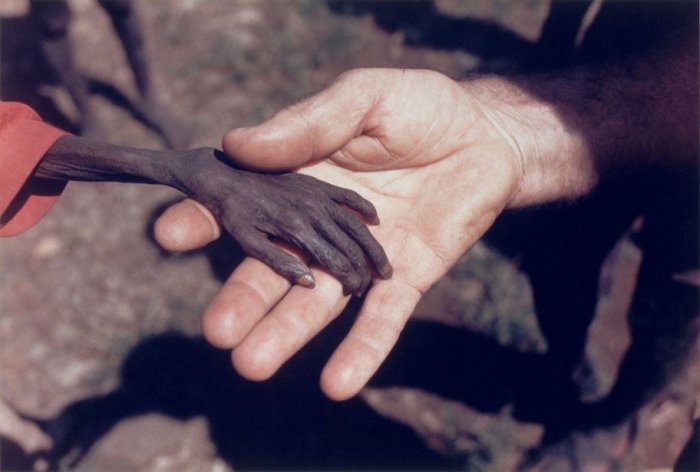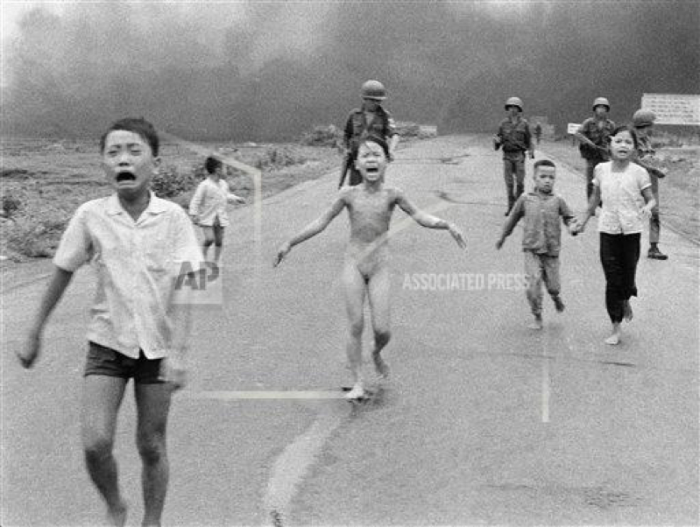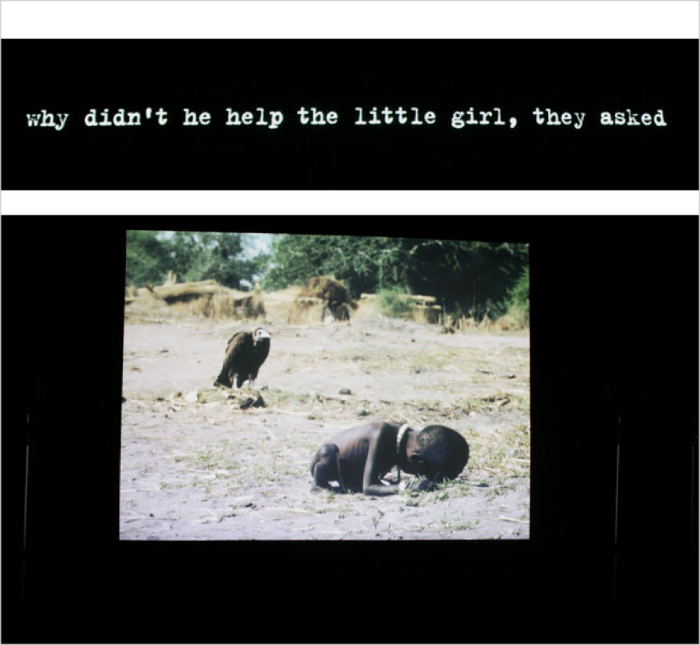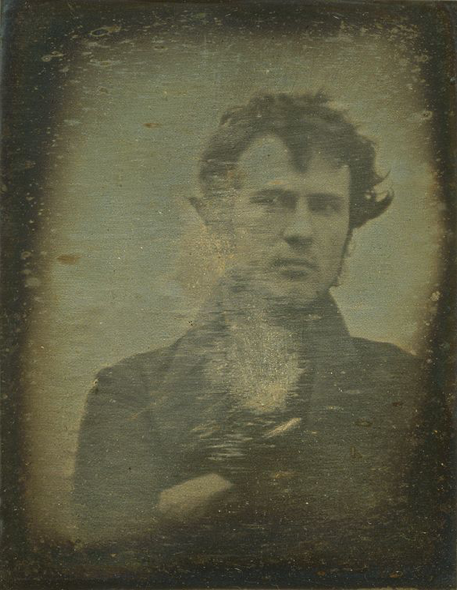Today’s blogging question is how animals have been represented in various media. These have been perhaps represented as human beings. Cambridge Dictionary (2017) defines anthropomorphism as that, “the showing or treating of animals, gods, and objects as if they are human in appearance, character, or behaviour”. For instance, the famous story books ‘Alice in Wonderland’, ‘Peter Rabbit’, and ‘Winnie-the-Pooh’ are representatives of the examples of anthropomorphism (Cambridge Dictionary 2017).
As stated above, animals have been used to represent human beings. Especially animations for kids – such as ‘Zootopia’, ‘Ratatouille’ – have used animals in that way. Interestingly, USA Today (2016) argues that the animation ‘Zootopia’ reflects real-world issues. USA Today (2016) claims that one of the issued picturised by the animation is racial profiling.
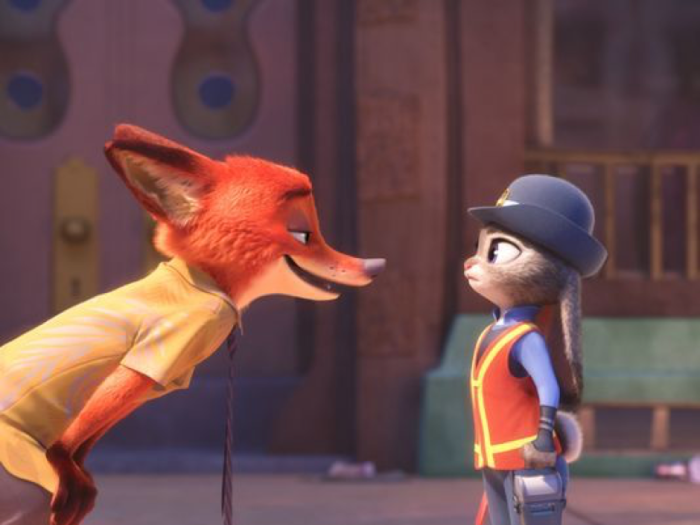
Unlike adorable- and cute animals in ‘Zootopia’, some animals are often perceived as one that scares and slaughters humans. This is often used in films, such as ‘Jaws’ series, and ‘Jurassic Park’ series. As such movies reflect some kinds of animals as dangerous species, publics often perceive that sharks and wild bears are dangerous. However, an interesting fact is that, based on National Geographic’s Shark Attack Facts (2017), the number of people killed by sharks in 1996 was 13 while toilets injured around 43,000 Americans in the same year. According to this statistic, entering toilets should have been prohibited as these things killed numerous people. But who cares about this? Another interesting face is that, National Geographic (2017) states that, “for every human killed by a shark, humans kill approximately two million sharks”. I believe that some animals – especially sharks – have been very mispresented by mainstream movies.
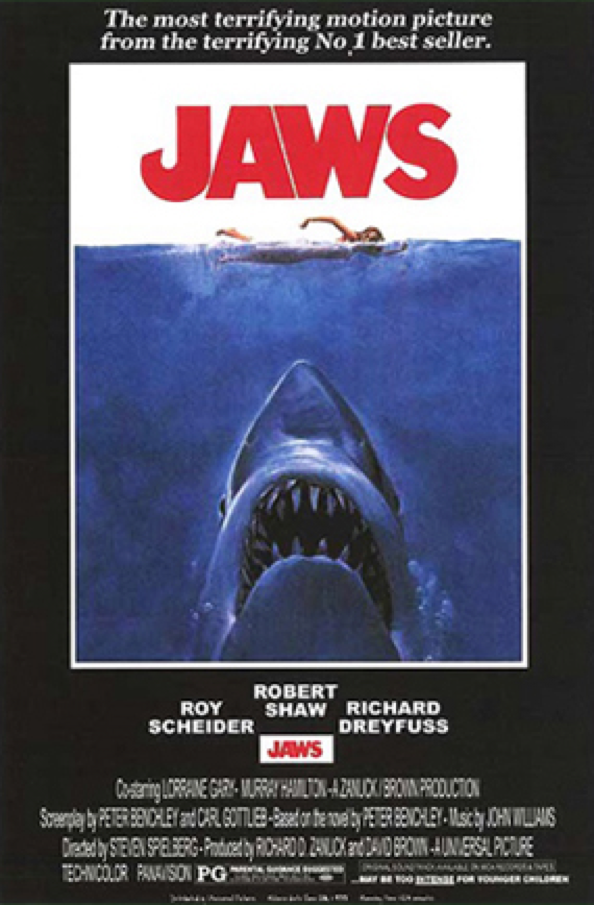
Furthermore, each different animal is often represented as a good, or villain in some media. As mentioned previously, sharks are badly represented in Hollywood movies. What about animal documentaries? According to an online video uploaded by Howard (2016), a tiger that chases a deer is shown as a predator, and the deer is represented as a prey animal. I believe many people may think that the tiger is a bad creature as this thing chases and consumes the innocent- and poor prey.
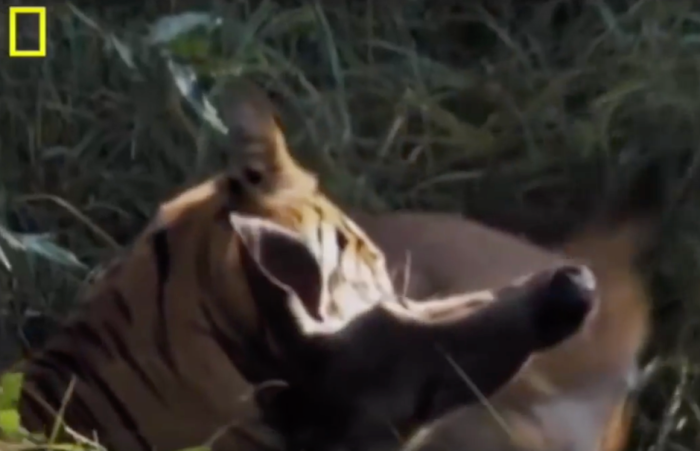
Like ‘Zootopia’, rabbit is often represented as a friendly- and harmless creature. ‘Cat Shit One’ is an animation that two rabbit special forces soldiers fight in battlefields. Apparently, based on the online video uploaded by IDAmovie (2011), these ‘cute’ rabbits are shown as goods, and ‘ugly’ donkeys in this animation are represented as villains holding AKM assault rifle, and RPG-7 rocket launcher.
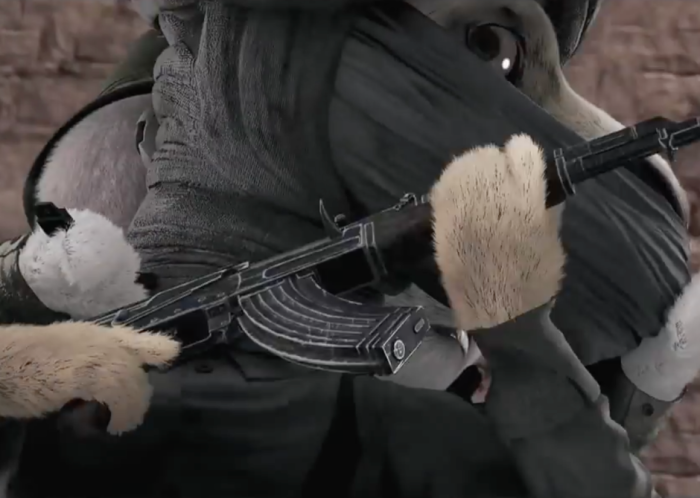
The representations of such animals have been intended by humans, not animals. However, do you believe that we have such privileges of choosing whether or not specific kinds of animals are good or evil? Perhaps this phenomenon is relevant to speciesism. Regarding the definition of speciesism, English Oxford Living Dictionaries (2017) states that, “the assumption of human superiority leading to the exploitation of animals”.
I hereby argue that such representations of animals are wrong. We know that humans have been the most dominant species on the Earth. However, does it mean that we are superior to other creatures? I do not think so. Animals also have egos that must be respected. Accordingly, I would like to say that we should respect their egos.
References
‘Anthropomorphism’ 2017, in the Cambridge Advanced Learner’s Dictionary & Thesaurus, Cambridge University Press, viewed 30 March 2017, <http://dictionary.cambridge.org/dictionary/english/anthropomorphism>.
Howard, G 2016, Documentary National Geographic – TIGER HUNTING its FATE [Full Tiger Documentary HD], online video, 3 September, viewed 30 March 2017, <https://www.youtube.com/watch?v=Vd-qPUL3ND0>.
IDAmovie 2011, Cat Shit One Campaign movie, online video, 9 February, viewed 30 March 2017, <https://www.youtube.com/watch?v=d8rCfB8pgKc>.
National Geographic 2017, National Geographic, viewed 30 March 2017, <http://natgeotv.com/ca/human-shark-bait/facts>.
‘Speciesism’ 2017, in English Oxford Living Dictionaries, Oxford University Press, viewed 30 March 2017, <https://en.oxforddictionaries.com/definition/speciesism>.
Truitt, B 2016, ‘’Zootopia’ animal world reflects human issues’, USA Today, 3 March, viewed 30 March, <http://www.usatoday.com/story/life/movies/2016/03/03/zootopia-animal-world-reflects-human-issues/81222288/>.
